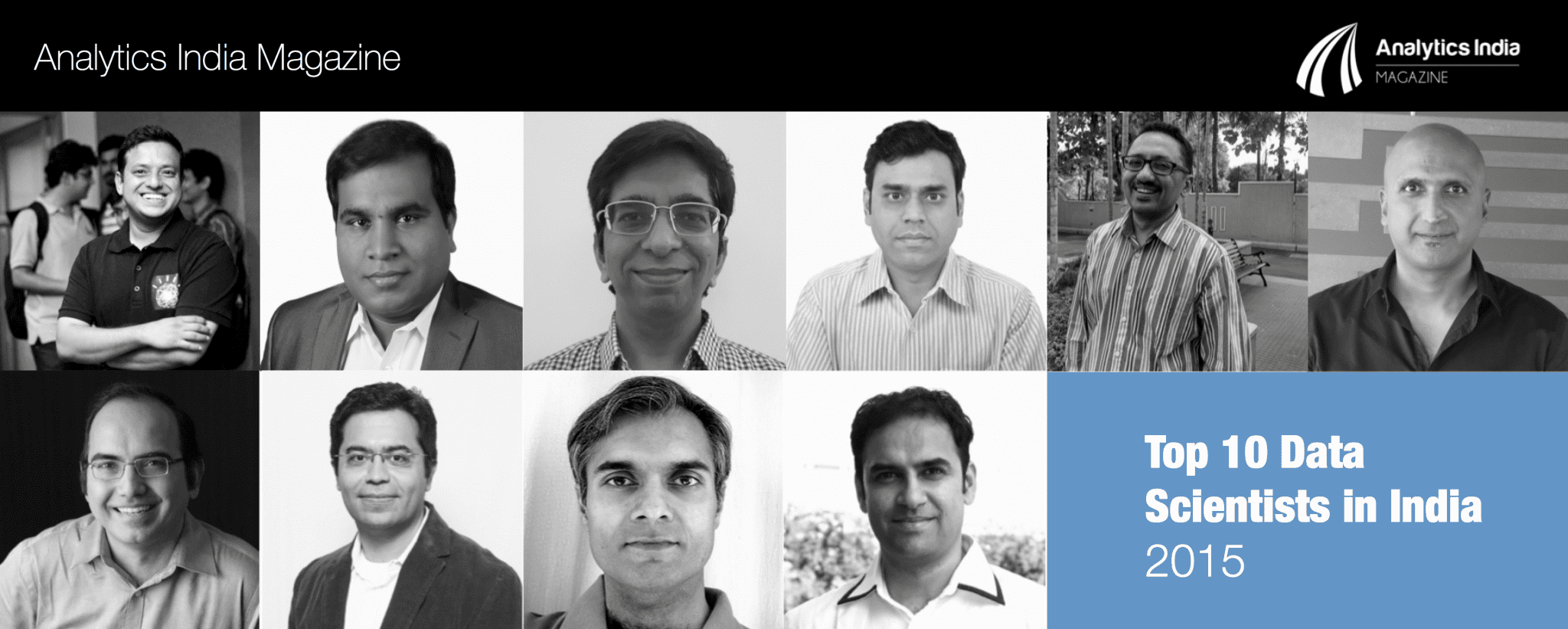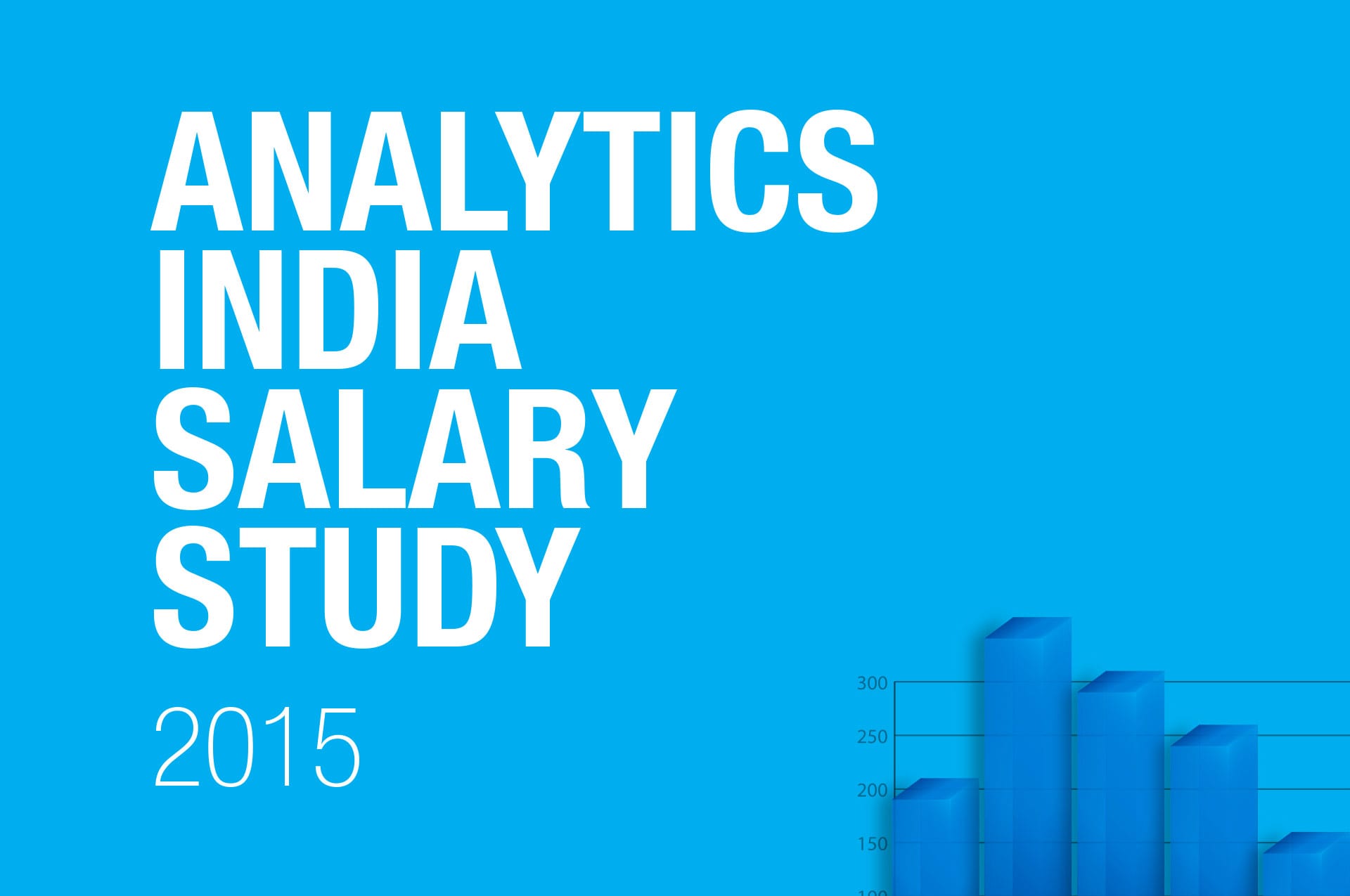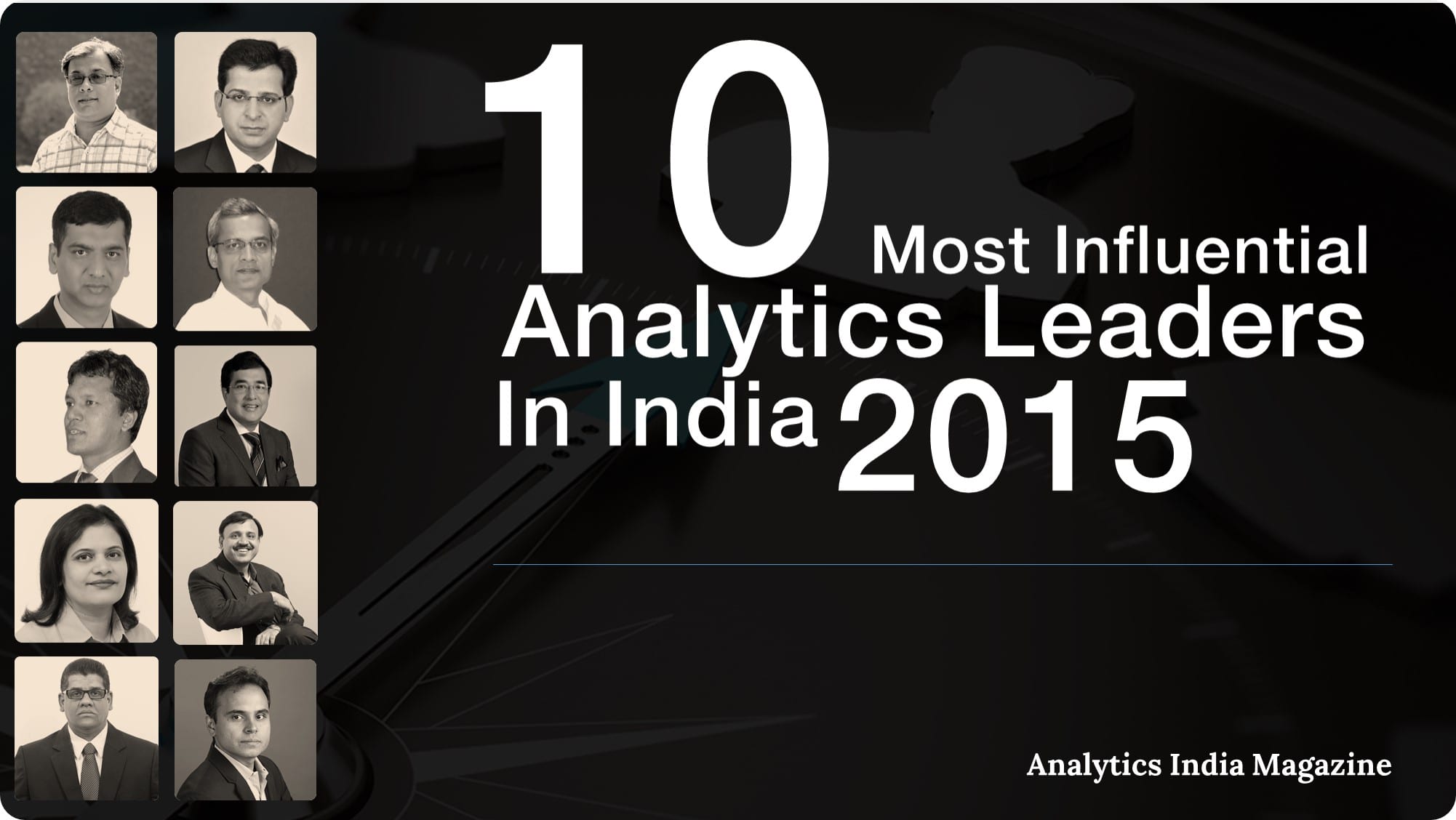 In an exclusive interview with Analytics India Magazine, Snehamoy Mukherjee of Axtria talks about his stint with Technopak as Analytics Practice head.
In an exclusive interview with Analytics India Magazine, Snehamoy Mukherjee of Axtria talks about his stint with Technopak as Analytics Practice head.
[dropcap style=”1″ size=”2″]AIM[/dropcap]Analytics India Magazine: You were previously heading the Analytics Practice for Technopak in the area of Retail and Health care consulting. Please brief us your experience of selling Analytics to the Indian Market.
[dropcap style=”1″ size=”2″]SM[/dropcap]Snehamoy Mukherjee: There is a function which is used in Time Series Modeling which is called “Lag”. In India everything that you see suffers from the “lag” function. For Analytics, the lag is very significant, running into a decade or even more and the market suffers from three primary disadvantages: –
- Lack of urgency- Indian corporates suffer from complacency and policy paralysis- it is not just the Indian government and there is complete lack of a sense of urgency in any work that is undertaken. Indian corporates need to shake off this sense of complacency and paralysis to be able to move forward-in any direction, leave alone Analytics. I found that the Indian market severely lacked a sense of urgency, to adopt world class methods in decision sciences to help them move ahead in business.
- Lack of awareness- Indian corporates suffer from a lack of awareness. Educating them on the benefits of Analytics can only be fruitful, if there is a fundamental understanding of what Analytics can achieve at the highest level and a willingness to be led down that path. Oftentimes, we suffer from a “know-it all” attitude which is at the bane of most of our problems and not surprisingly, we have lots of “know-it-all” people sitting in important positions who are handicapped by their own lack of awareness.
- Lack of budgets and empowerment- Not surprisingly, the few people who are aware and want to make a difference are hamstrung by a lack of budgets and the “power” to sign-off on projects. Many proposals get discarded even before they see the light of the day, as there are several levels of approvals to be taken, by different layers of stakeholders.
AIM: Where did you see the bulk of your business coming from?
SM: The potential for the bulk of the business was definitely in Retail and Health Care, where Technopak is the leader in the Indian Market in terms of consulting. There is immense potential, especially in Retail, where Retailers are struggling to retain customers and build market share. They definitely see the need to do something different to stay in the game and Analytics is surely the way forward for them. Retail business is all about customers and if you cannot retain your loyal customers, your like for like sales will not see an uplift. In Health Care, data collection is an issue which needs to be fixed, before even basic Analytical processes can be put in place.
AIM: Customer data collection process is still in a very nascent stage in India. How do you see this evolving in the near future?
SM: It is interesting that you ask this question as I had recently been invited by the CEO of a mid-sized British Data Collection agency to attend an evening gathering of a British contingent of entrepreneurs that was visiting the British High Commission in India. We had a very enriching discussion on the potential for data collection in India, but you would really need someone with deep pockets to make that investment now, which will pay rich dividends later. Right now, the industry has a huge dependency on surveys as a means of gathering data. The best example that I have is that of a very well-known brand, that in spite of having data on its customers, was relying of a research agency survey to tell them how many customers (percentage) owned 2 or more of their products. This is really a shame!
I don’t see it evolving pretty soon-Nandan Nilekani’s efforts to track Indians through the Unique ID would have been a great first step in that direction, but it seems to be hijacked for petty political gains. So, the data collection needs to happen in silos, where companies by themselves start collecting data in a more robust way, and then start using them. It is then that third party agencies can come in, integrate that data from multiple companies and create industry level value out of that consolidated data. There will be limitations to how much information companies will want to share and hence the value of that data. But, something is better than nothing.
[quote style=”1″]Even before Analytics, I see a dire need in the Indian industry for experts who can lay down processes to collect information and then implement those processes.[/quote]
AIM: Please brief us about some business solutions you provide to your customers and how do they derive value out of it.
SM: In Retail, the magic is to understand your customers and build strategies, keeping the customer at the center of all of them- be in marketing, customer retention, assortment, pricing, ranging, SKU reduction etc. So, we provide business solutions in all of these areas in Retail.
In my present organization, Axtria, we also specialize in providing integrated solutions (from system integration to Advanced Analytics) to cover the entire life cycle of Analytics and work across domains like Life Sciences (Pharma majors), Supply Chain Optimization for OEM’s, Insurance, Retail, CPG’s. Most of our clients are based out of North America and are Fortune 100 clients.
AIM: Would you like to share any example of an Insight that generated a huge positive impact for your client?
SM: There are plenty of them, but my favorite one is around an Analytics based targeted marketing that helped a client reduce their annual marketing budget spend from 10 million dollars to 2 million dollars, while getting better results in terms of response rates for their campaigns.
Another one is a predictive pricing tool which helped replace an error prone pricing process in a niche Financial Services Company and also helped them reduce their staff by 80 expensive employees who were re-purposed for more productive work.
AIM: Can you tell us about the theory of ‘Market Structures’ that you have closely worked on?
SM: I cannot reveal the Theory of Market Structures as it is an IP that rests with the Hendry Corporation, but can explain it in a layman’s language as being a tool which helps companies decide amongst many other things as to “who their real competitors are”, “which attributes of their products appear where”, in the “hierarchy of decisions” that a customer takes before buying a product. It is a very Strategic Tool that helps manufacturers decide for example if a Brand name of theirs for a particular product category occupies a higher place in the minds of consumers (based on their buying behavior) as compared to their “manufacturer” name. Using this information, a company like Unilever, for example, decides on using the Brand name Lux for its campaigns and does not mention Unilever at all, as the brand ” Lux” is stronger than Unilever in that category and occupies a higher place in the Market Structure for soaps.
Other areas which Market Structures help companies are with decisions on whether to enter a particular product category or not based on the market polarization, identifying white space opportunities, optimizing their advertising budget allocation etc.
[divider top=”1″]
[spoiler title=”Biography of Snehamoy Mukherjee” open=”0″ style=”2″]
Snehamoy Mukherjee is part of the strategic leadership team at Axtria, a New Jersey based analytics firm, where he is responsible for business development, solution development, delivery leadership and strategy formulation. Prior to this, he used to head the analytics practice at Technopak Advisors and has over a decade of experience in the analytics industry having worked in multiple domains like retail consulting, FMCG/CPG, insurance and market research.
He has a Bachelors and Masters in Mathematics and Scientific Computing from IIT Kanpur and a Minor in Engineering Management from the same institute. [/spoiler]



















































































